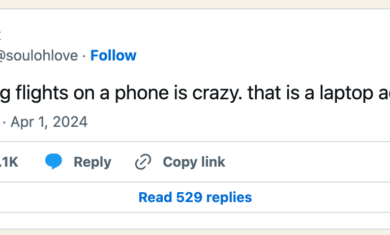A popular feature that has found it’s way to all major operating system (not only Windows and Mac, but iPhone, Android and others) is “night shift” mode, where your display shifts to show more colors from the warmer end of the spectrum, with less blue light.
When you first enable it, most systems default to turning night shift mode on at sunset, so the lack of blue light will help you sleep better. The science is incredibly divided on the benefits of this, though I personally find my eyes more relaxed when looking at a warm-shifted screen.
Glasses
Another way to tackle this is with blue light-filtered glasses. Almost every major eyewear company offers them, with similar results. Rather than change your screen settings, you can just wear these glasses.
As a glasses-wearer, I considered this approach. Instead, I did something different — I set all of my screens to be in “night shift” mode 24/7.
Setting night shift
I’ve set this up on my two Windows computers, my various Chromebooks, my Pixel 5 and my iPad. They all handle it slightly differently, but with roughly the same result. The only tricky part is that some systems won’t let you just turn it on 24/7 — it has to be a daily schedule. In those cases, I have it turn on at 4:00am, and then turn off at 3:59am, essentially making it work 24/7.
Not for designers
The one caveat to changing the color temperature of your devices is that, of course, the colors are less accurate. If you’re a designer, or someone that has a reason to need to see precise colors, this approach probably isn’t a good one to take. In that case, I’d likely suggest getting blue light filter glasses so you can wear them to avoid strain, but then take them off when you need to see accurate colors.
Have you tried using night shift 24/7? How’d it work out for you?




